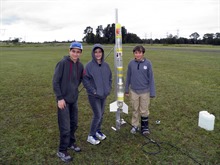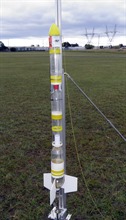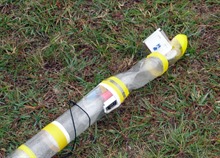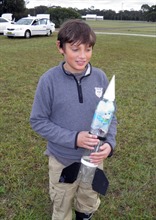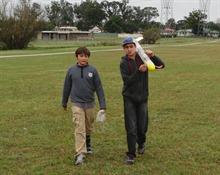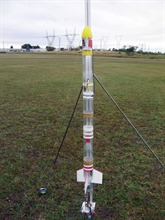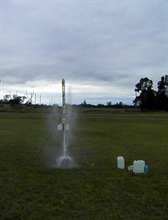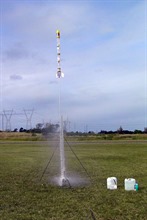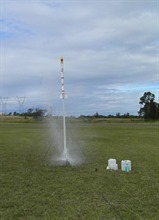 |
 |
|
|
last updated: 9th November 2024 - Day 236 - Launch Tubes #2 |
|
|
|
Splicing Bottles AS#5 |
|
#235 - Coming Soon |
|
#234 - Coming Soon |
|
#233 - Coming Soon |
|
#232 - Coming Soon |
|
#196 - Coming Soon |
|
#193 - Coming Soon |
|
#172 - Coming Soon |
|
|
| FLIGHT LOG | |||||||||||||||||||||||||||||||||||||||||||||||||||||||||||||||||||||||||||||||||||||||||||||||||||||||||||||||||||||||||||||||||||||||||||||||||||||||||||||||||||||||||||||||||||||||||
|---|---|---|---|---|---|---|---|---|---|---|---|---|---|---|---|---|---|---|---|---|---|---|---|---|---|---|---|---|---|---|---|---|---|---|---|---|---|---|---|---|---|---|---|---|---|---|---|---|---|---|---|---|---|---|---|---|---|---|---|---|---|---|---|---|---|---|---|---|---|---|---|---|---|---|---|---|---|---|---|---|---|---|---|---|---|---|---|---|---|---|---|---|---|---|---|---|---|---|---|---|---|---|---|---|---|---|---|---|---|---|---|---|---|---|---|---|---|---|---|---|---|---|---|---|---|---|---|---|---|---|---|---|---|---|---|---|---|---|---|---|---|---|---|---|---|---|---|---|---|---|---|---|---|---|---|---|---|---|---|---|---|---|---|---|---|---|---|---|---|---|---|---|---|---|---|---|---|---|---|---|---|---|---|---|---|
|
|||||||||||||||||||||||||||||||||||||||||||||||||||||||||||||||||||||||||||||||||||||||||||||||||||||||||||||||||||||||||||||||||||||||||||||||||||||||||||||||||||||||||||||||||||||||||
| Day 147 - Descent Rates | |||||||||||||||||||||||||||||||||||||||||||||||||||||||||||||||||||||||||||||||||||||||||||||||||||||||||||||||||||||||||||||||||||||||||||||||||||||||||||||||||||||||||||||||||||||||||
|
Date:
15th June 2014 Location: Whalan Reserve, NSW, Australia Conditions: Overcast, light rain, strong wind 15-25km/h 15C Team Members at Event: GK, Paul K and John K. Descent RatesWe always attach the parachute shock cord to the side of our rocket so it comes down sideways in order to increase drag and come down slower, but we've never measured how effective this actually is. So today we carried out a simple experiment by flying the rocket a couple of times suspended horizontally and a couple of times hanging almost vertically. Experiment SetupFor horizontal descent we attached the shock cord just forward of the center of gravity because on decent the fins provide a certain amount of lift. If we attach the parachute is right at the center of gravity, then the rocket ends up pointing down nose first on the way down. For vertical suspension we attached the parachute right under the deployment mechanism on the nose cone. The rocket doesn't quite hang vertically but is within 10-20 degrees of vertical.
In all the experiments we used the following:
ResultsHere are the 4 plots of the flights.
A summary of the four flights along with their averaged descent rates. We measured the average slope of the descent in all four cases
Notes:
ConclusionFrom these flights we can see that the rocket orientation does make a difference in the descent rate. For this particular rocket and parachute combination when we consider flight 1 and 3 the difference was around 1 m/s (~3 feet/s) or roughly 15% slower. Calculating the Descent RateWhen we enter the rocket parameters into the descent equation we get an approximate descent rate of 22.8 feet/s. We approximate the drag coefficient of the parachute to be 0.75 and have to de-rate it due to the size of the spill hole. This spill hole will cause the rocket to descend about 10% faster. When we compare it to the actual measured rate, the theoretical descent rate is higher, because the calculation does not take into account the drag induced by the rocket, and only considers the mass as a point. ReferencesHere is a good website that describes how to calculate the size of a parachute for a desired descent rate. Parachute Descent Calculations Parachute Recovery Analysis The following calculators can be used to work out the descent rate for a particular combination.
Other flights on the dayThe day was heavily overcast with at least one light sprinkle. The wind was also quite strong so at times we had to pause and wait for calmer conditions. We built another rocket with the kids and one of their friends the day before, This one had a 2L spliced pair for the bottom and the top section was made from our regular 90mm bottles. Launch was good but the parachute failed to deploy at apogee, and instead decided to eject at about 2m above the ground but too late to slow the rocket down. The nose was heavily damaged and will need to be replaced. All of the onboard electronics survived except the servo motor which sounds like it has a problem with the gearbox. The onboard video recorded the sound of the servo activating at apogee so everything was working properly up to that point. We used a bigger parachute for this rocket so it is possible that it got snagged somehow, and only came loose when the rocket had enough speed. One contributing factor may have been lack of support between the deployment mechanism and the top bottle. This may have caused the deployment mechanism to move down about 1 cm due to the G forces. We normally use corriflute for the padding under the mechanism to stop that happening but didn't add it this time. Paul's Pod 2 rocket also made an appearance and was flown on a C6-5. Flight was good up until the shock cord broke on ejection which came a little later than normal. This shock cord was very old and we were expecting it to fail sooner or later. Rocket sustained only very little damage and will fly again. This past week we also celebrated our 8th year since the first launch. :)
Flight Details
|







